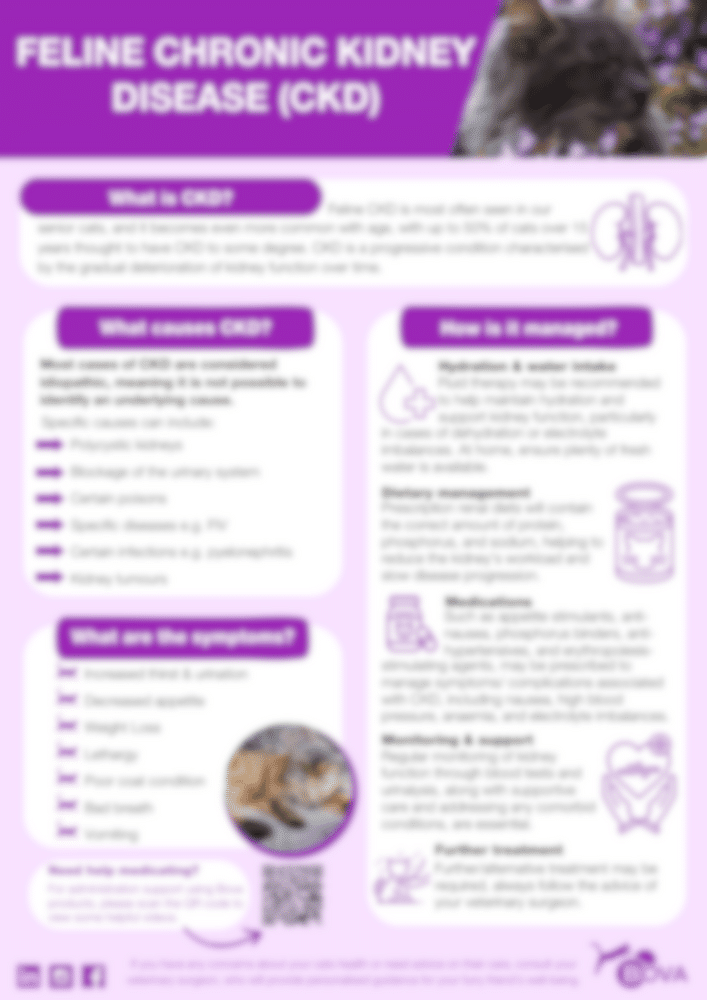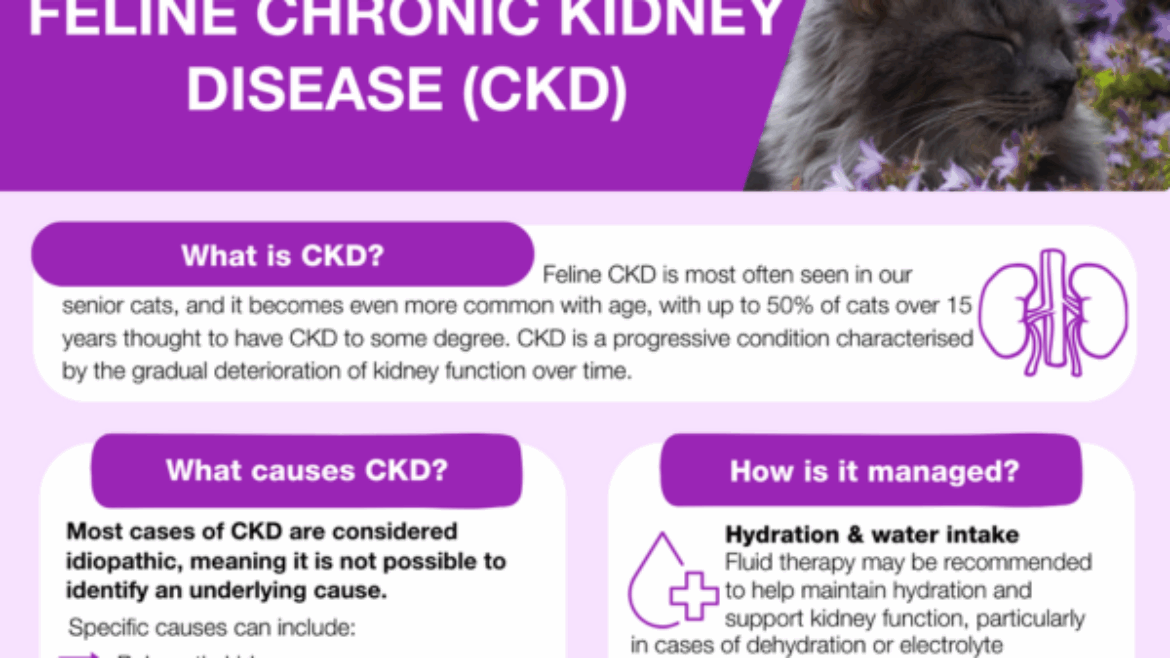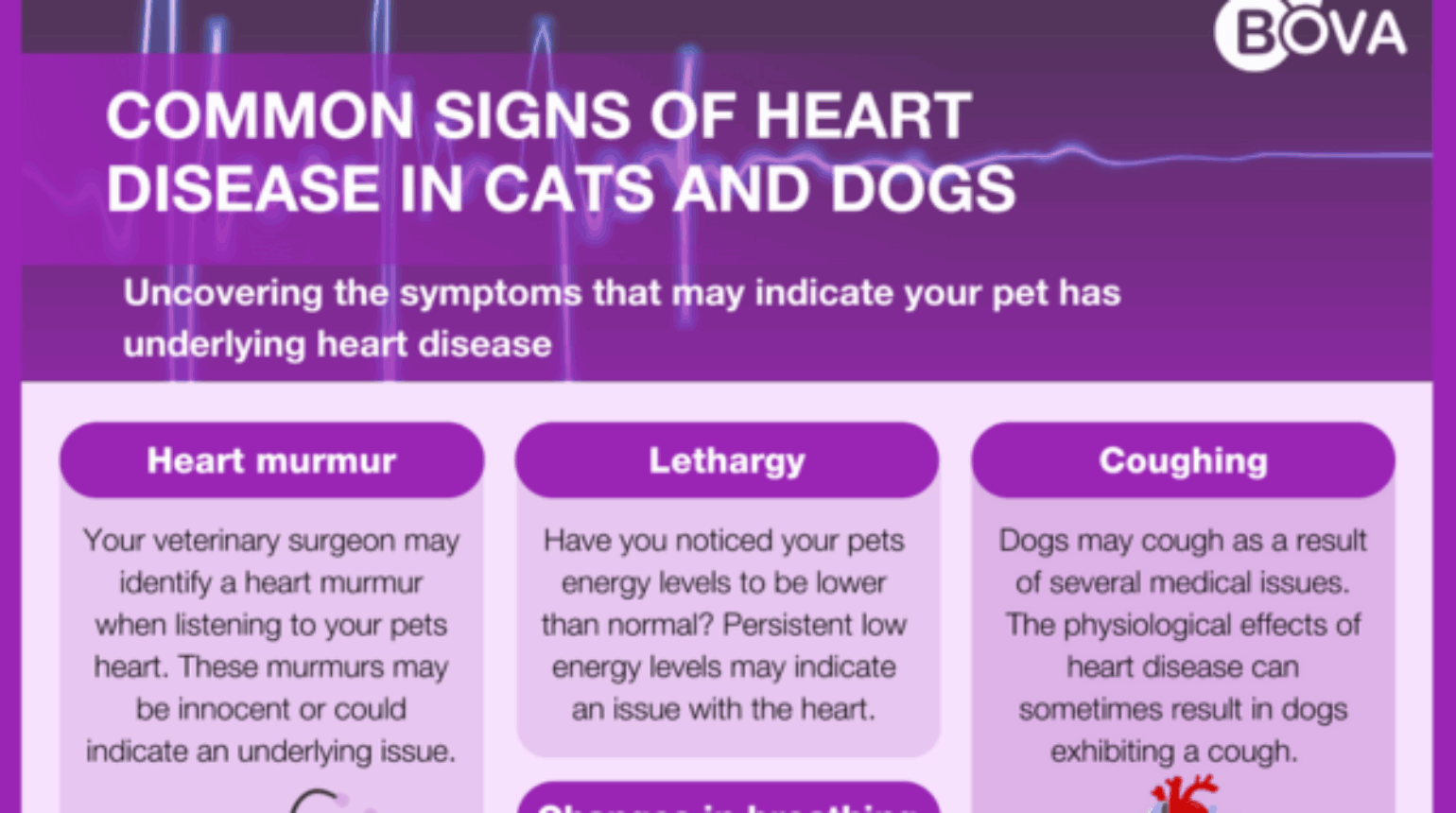Feline Chronic Kidney Disease (CKD)
Cats have a reputation for being low-maintenance and independent companions. But as they age, they can develop health conditions that require special care and attention. One of these is Feline Chronic Kidney Disease (CKD). This article provides a comprehensive overview of Feline CKD, its causes, symptoms, and how to manage the condition to help your furry friend live a comfortable and fulfilling life.
What is Feline Chronic Kidney Disease (CKD)?
Feline CKD is a progressive condition most often seen in senior cats. It is characterised by the gradual deterioration of kidney function over time. With age, the likelihood of a cat developing CKD increases, with up to 50% of cats over 15 years thought to have CKD to some degree.
What Causes Feline CKD?
Most cases of Feline CKD are considered idiopathic, meaning it’s not possible to identify an underlying cause. However, specific causes can include polycystic kidneys, blockage of the urinary system, exposure to certain poisons, specific diseases such as FIV, certain infections such as pyelonephritis, and kidney tumours.
Detecting Feline CKD early can help manage the disease more effectively.
Here are some symptoms to look out for:
- Increased thirst & urination
- Decreased appetite
- Weight loss
- Lethargy
- Poor coat condition
- Bad breath
- Vomiting
If you notice any of these symptoms, consult your veterinary surgeon for advice and possible treatment.

Explore Feline Chronic Kidney Disease (CKD)
Download our informative guide to gain insights into Feline CKD, its causes, symptoms, and treatment options. Help owners keep informed about their feline companion’s kidney health while awaiting their appointment.
Managing Feline CKD
Although CKD is a progressive disease, there are ways to manage it and slow down its progression. These include hydration and water intake, dietary management, medications, monitoring and support, and further treatment.
Hydration & Water Intake
Fluid therapy may be recommended to help maintain hydration and support kidney function, particularly in cases of dehydration or electrolyte imbalances. At home, ensure plenty of fresh water is available for your cat.
Dietary Management
Prescription renal diets can play a significant role in managing Feline CKD. These diets contain the correct amount of protein, phosphorus, and sodium, which helps to reduce the kidney’s workload and slow disease progression.
Medications
Medications such as appetite stimulants, anti-nausea drugs, phosphorus binders, anti-hypertensives, and erythropoiesis-stimulating agents may be prescribed to manage symptoms or complications associated with CKD. These can include nausea, high blood pressure, anaemia, and electrolyte imbalances.
Monitoring & Support
Regular monitoring of kidney function through blood tests and urinalysis is essential, along with supportive care and addressing any comorbid conditions. If you need help administering medications, scan the QR code to view some helpful videos.
Further Treatment
In some cases, further or alternative treatment may be required. Always follow the advice of your veterinary surgeon.
Remember, if you have any concerns about your cat’s health or need advice on their care, consult your veterinary surgeon. They will provide personalised guidance for your furry friend’s well-being. Feline CKD is a serious but manageable condition. With the right care and attention, your cat can still enjoy a good quality of life.
Need help medicating?
For administration support using Bova products, please click the link to view some helpful videos.




